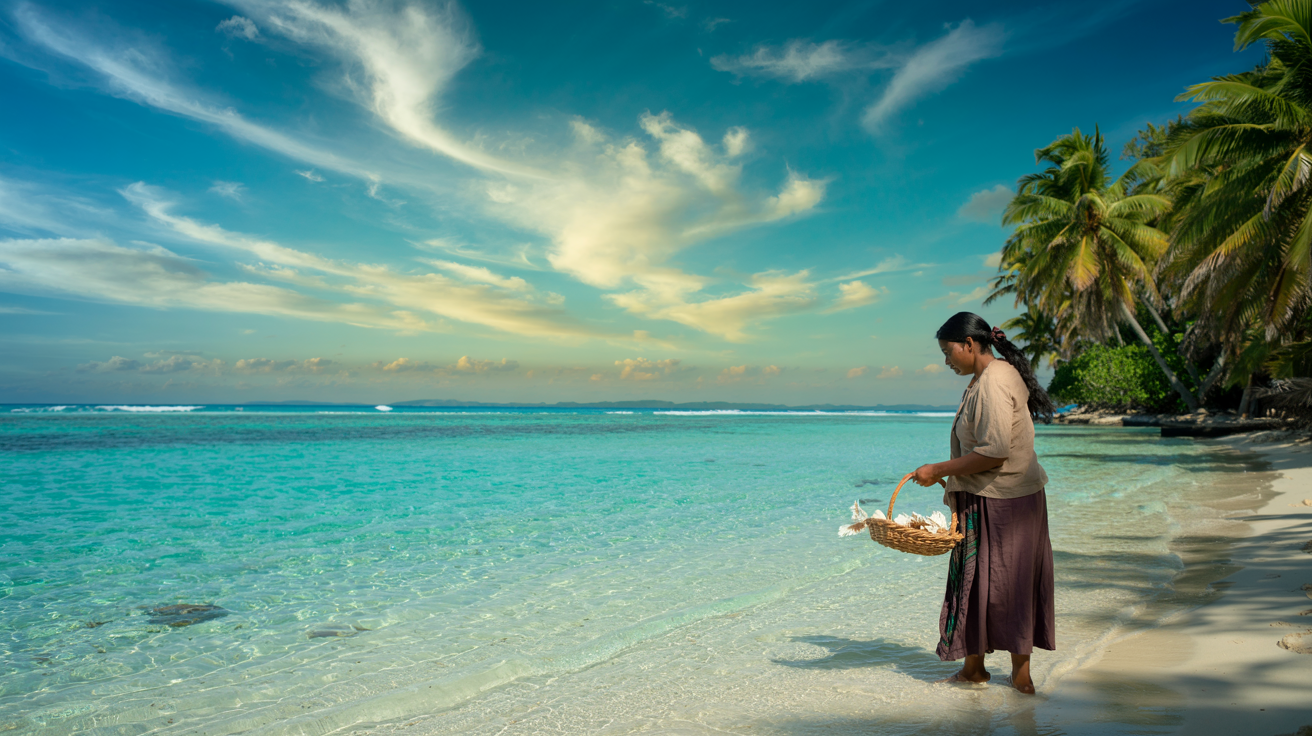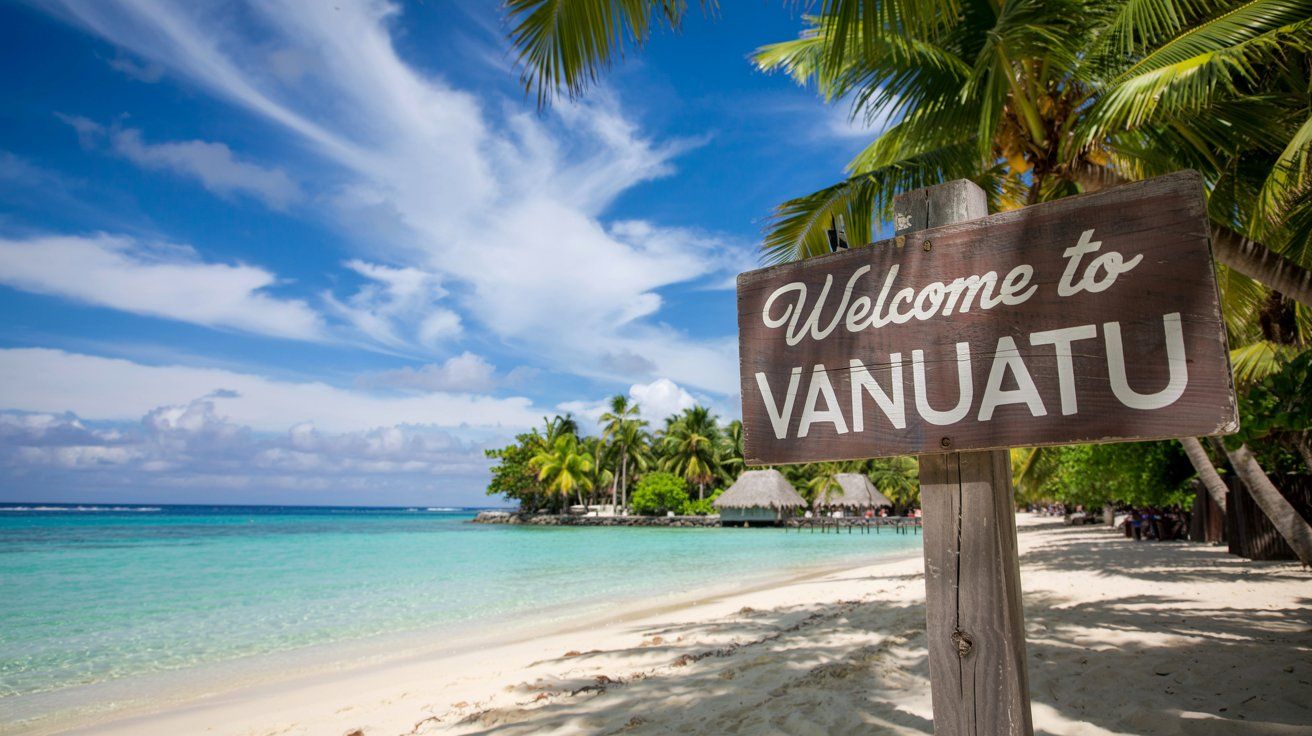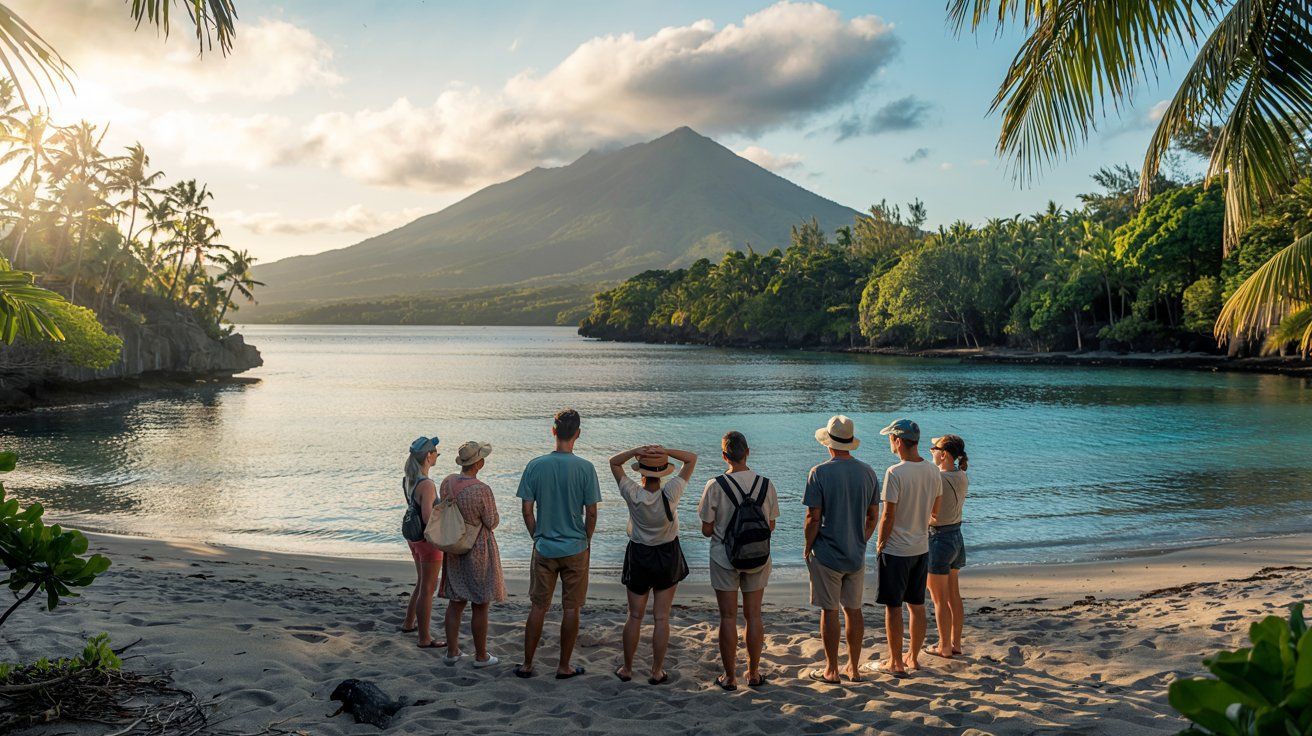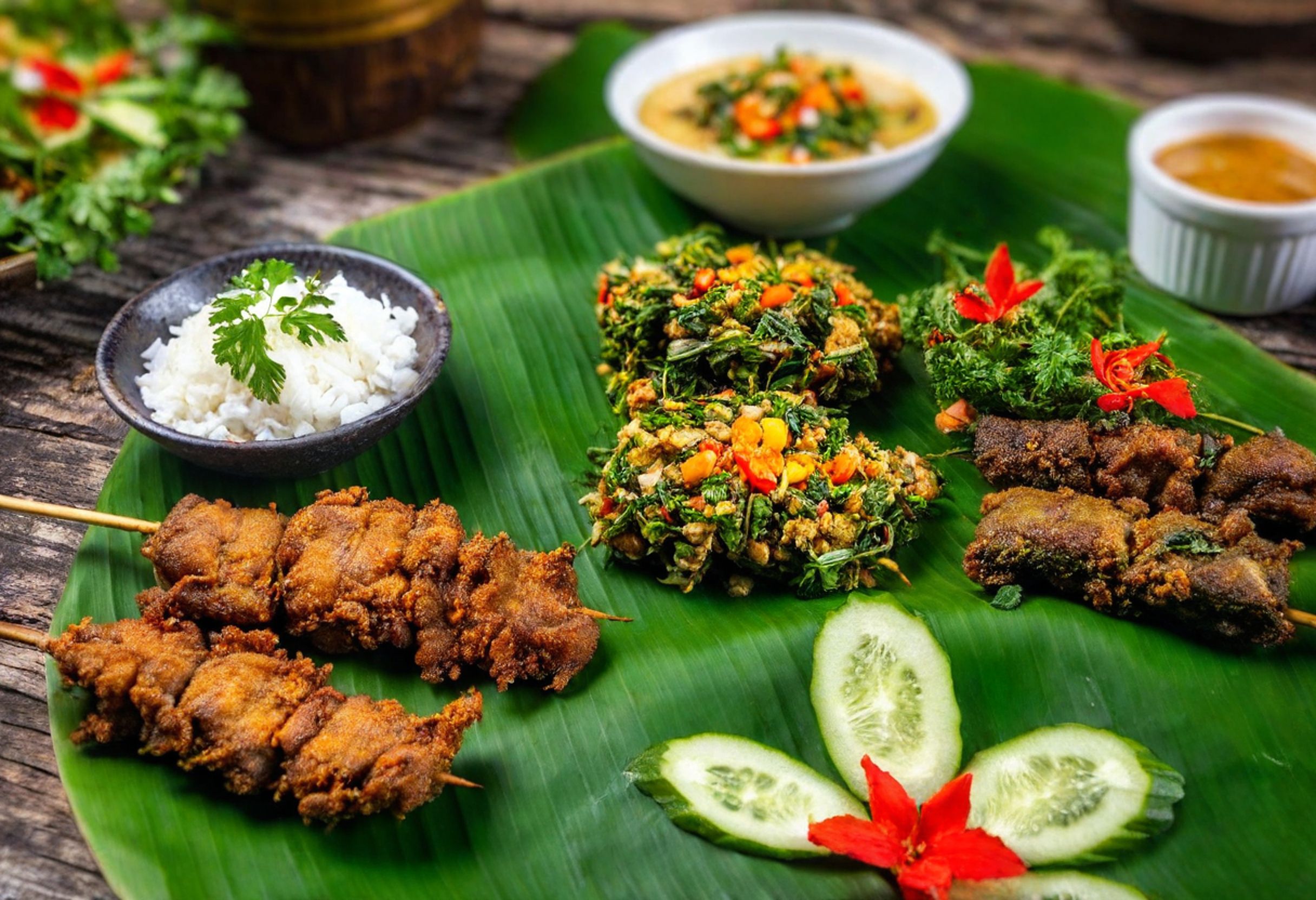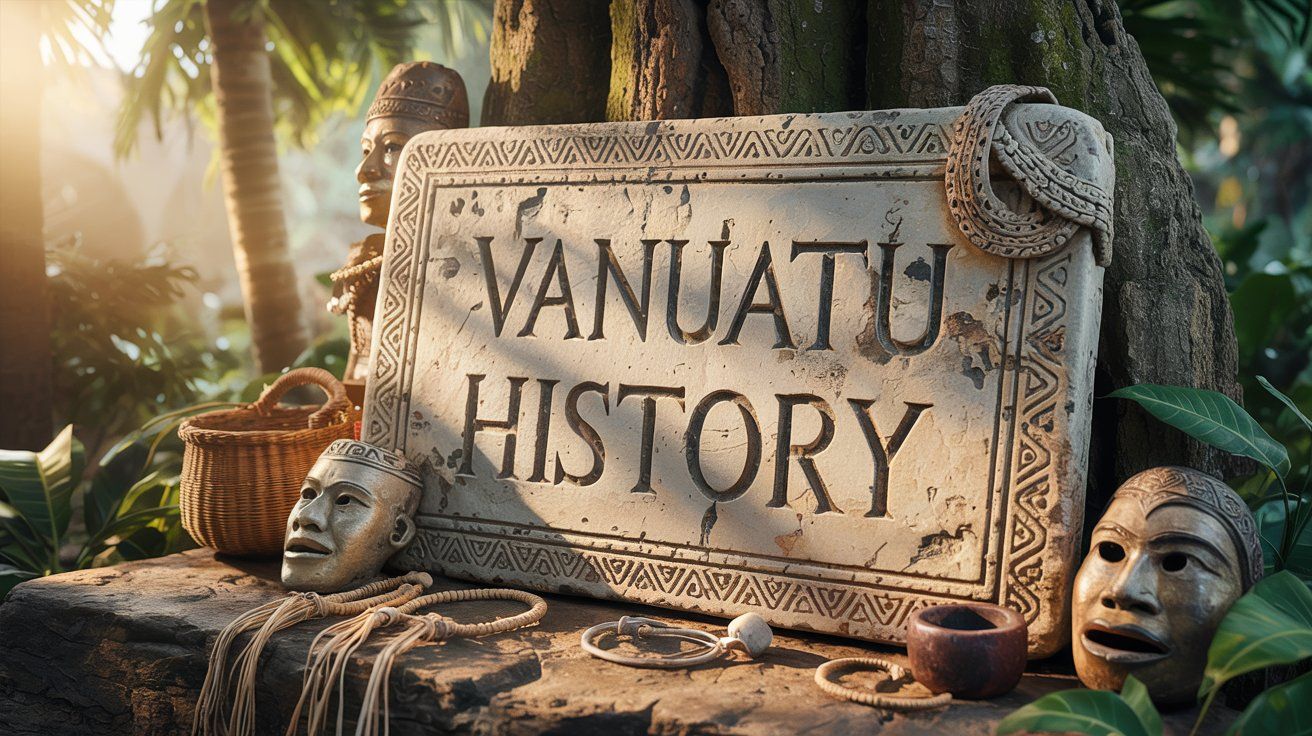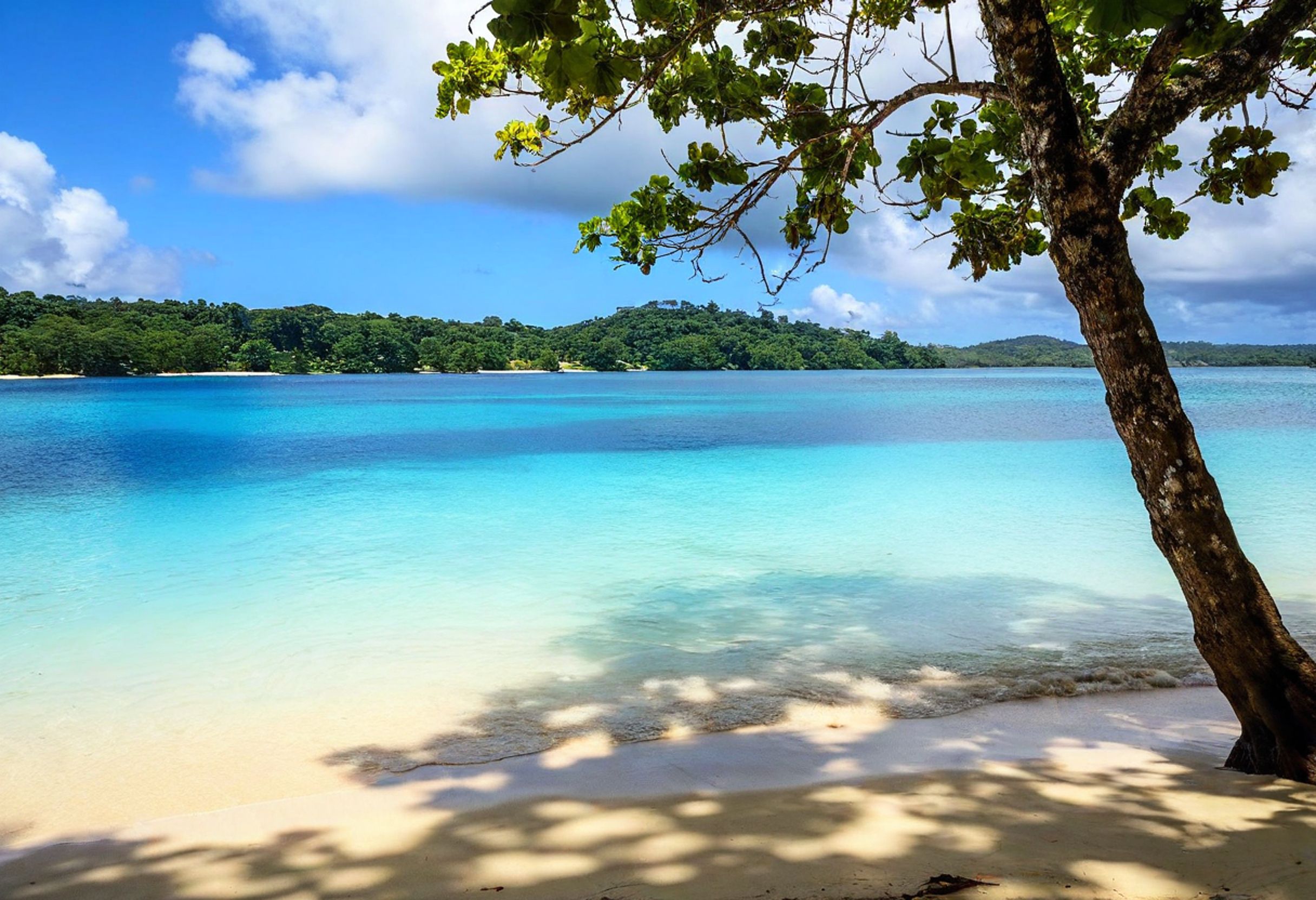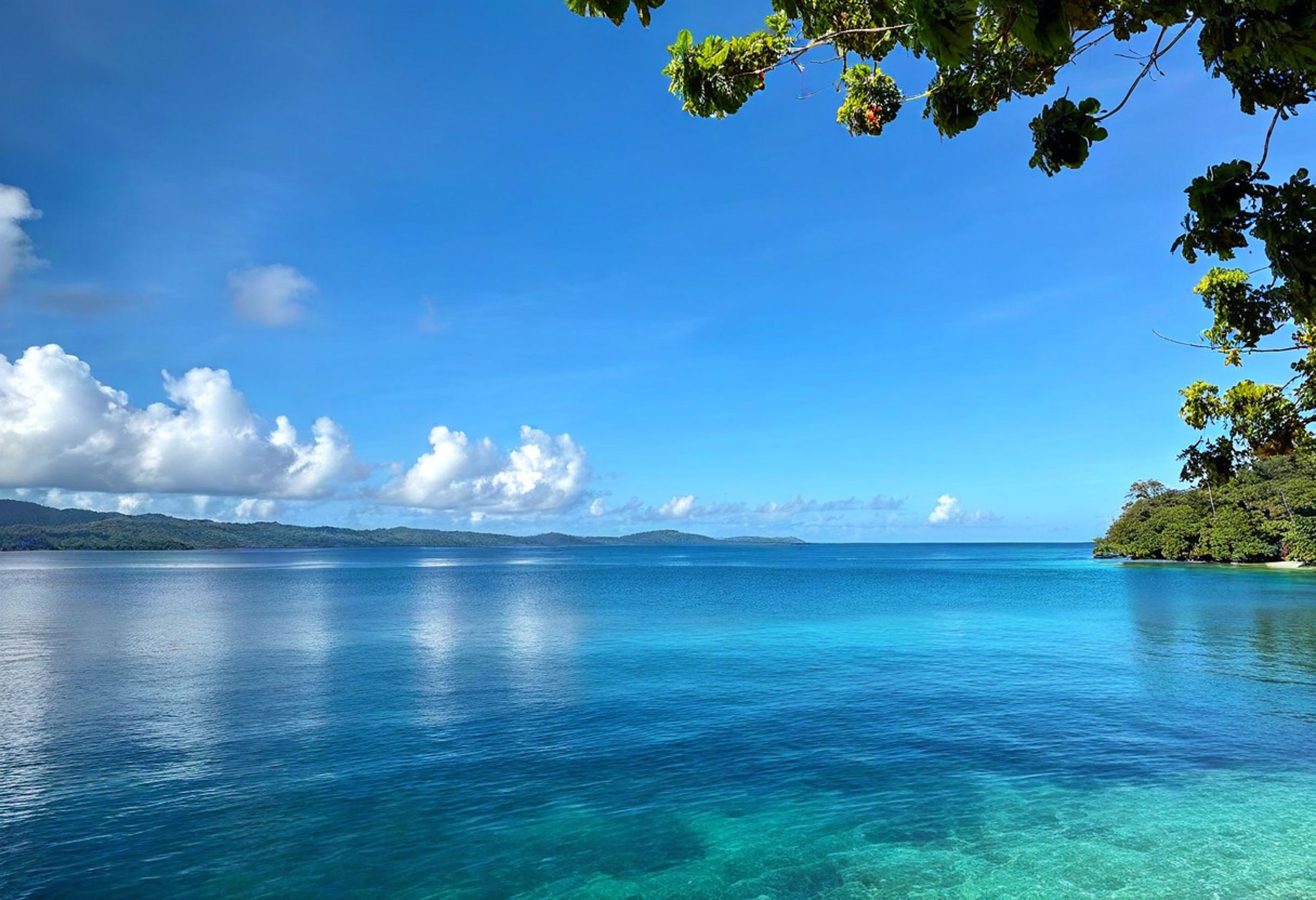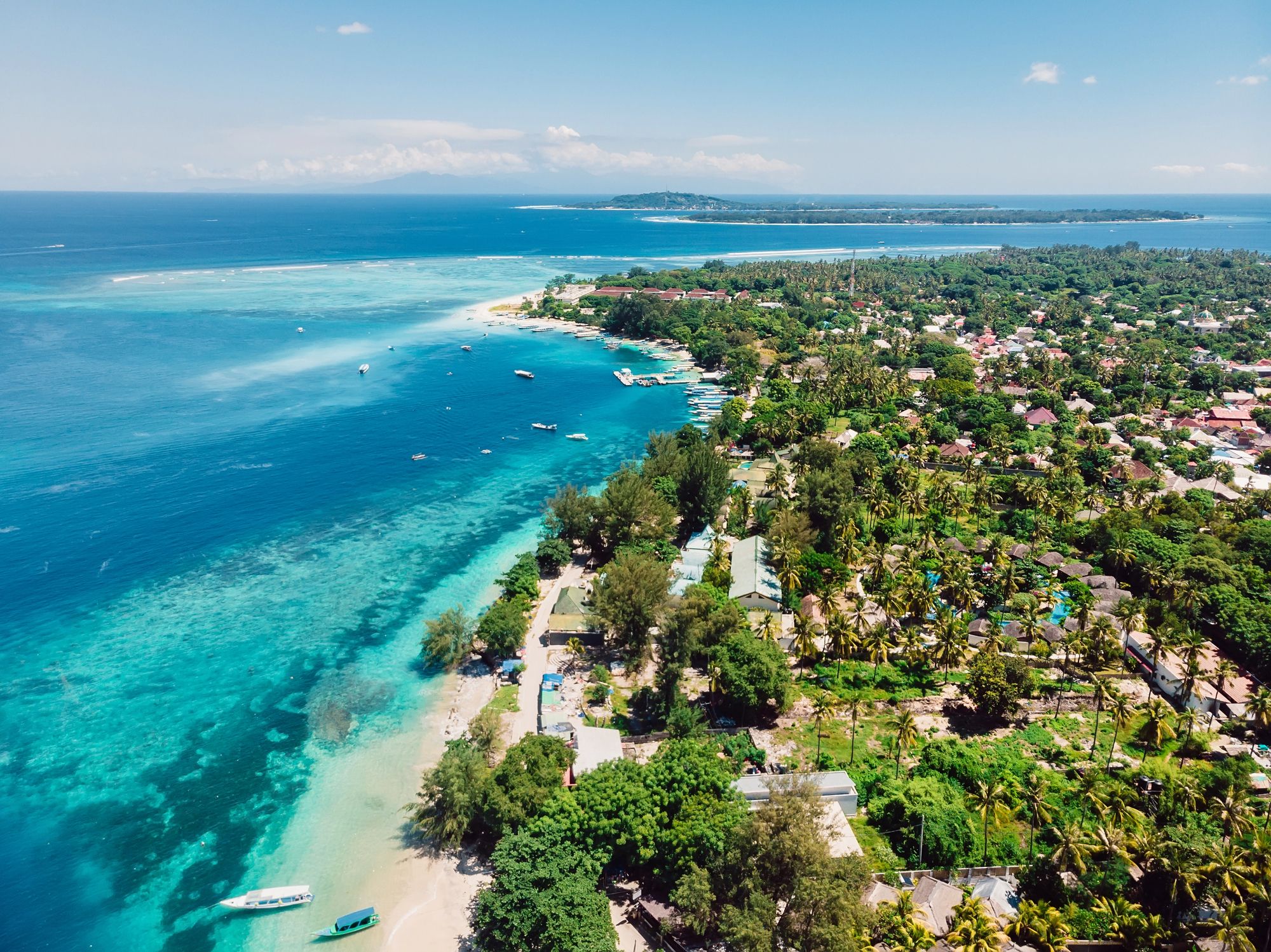The Pacific Islands have taken a monumental step in ocean conservation with a pledge to establish the *Melanesian Ocean Reserve*, the world’s first Indigenous-led ocean sanctuary. Initiated by Vanuatu and the Solomon Islands, this visionary project will cover an impressive 6 million square kilometers, safeguarding some of the world’s richest marine biodiversity.
This blog post delves into the significance of this groundbreaking initiative, its expected challenges, and how it aligns perfectly with local Indigenous values and traditions.
From overwater bungalows to beachfront resorts, find your perfect stay in this island nation of more than 80 islands. Instant booking with best price guarantee!
Browse Accommodations Now
What is the Melanesian Ocean Reserve?
Set to be a beacon for global marine conservation, the Melanesian Ocean Reserve represents a coalition between the Solomon Islands, Vanuatu, Papua New Guinea, and New Caledonia. Collectively, this ocean sanctuary aims to protect a region as expansive as the Amazon Rainforest in scale.
The waters and islands involved are among the most biodiverse areas on the planet, boasting 75% of known coral species and over 3,000 reef-associated fish species. These marine ecosystems are of critical importance to the health of our planet.
Why Indigenous Leadership Matters
Unlike conventional nature reserves designed without significant local input, the Melanesian Ocean Reserve places Indigenous communities at the heart of its operations. This means economic activities permitted within the reserve will align with the deep ecological and cultural values held by Melanesia’s traditional custodians.
Indigenous-led management strategies are expected to prioritize sustainability, ensuring that the region’s resources can sustain future generations. The idea was birthed at the 2024 U.N. Biodiversity Conference in Cali, Colombia.
During the event, Melanesian leaders expressed a shared desire to create a reserve that wouldn’t just protect the waters but also celebrate the cultural heritage of the region’s maritime communities.
Challenges Facing the Reserve
While the initiative has generated excitement, practical challenges remain. As Papua New Guinea considers contentious deep-sea mining activities within its waters, questions arise about balancing economic interests with the reserve’s conservationist objectives.
New Caledonia has taken a firmer stance, imposing a moratorium on seabed mining until 2075. These varying priorities highlight the potential for friction as all parties work toward a unified framework for the reserve.
Combating Illegal Fishing
Another pressing issue is the prevalence of illegal fishing, which continues to threaten the region’s marine biodiversity and economies. Despite already protecting over 150,000 square kilometers of ocean, local governments struggle with enforcement and monitoring capabilities.
Stronger partnerships—both regional and international—are seen as a critical component in overcoming these obstacles. To effectively safeguard such a massive area, cutting-edge technology and collaborations between nations will be necessary.
Satellite monitoring, patrolling vessels, and community-based reporting systems could play pivotal roles in protecting the reserve’s integrity.
Why the Reserve is a Game-Changer for Marine Biodiversity
The significance of the Melanesian Ocean Reserve cannot be overstated. By preserving a vast expanse of tropical waters, it offers refuge to innumerable plant and animal species that face threats such as climate change, overfishing, and development pressures.
Its creation also bolsters global efforts to achieve the “30×30” goal—a strategy to conserve 30% of Earth’s lands and waters by 2030. Moreover, this reserve sets a powerful precedent for global conservation efforts by demonstrating the benefits of Indigenous leadership.
Such initiatives not only deliver strong environmental outcomes but also uplift the voices and wisdom of communities that have stewarded these ecosystems for centuries.
Melanesia’s Broader Role in Conservation
Melanesia has long been a global biodiversity hotspot, and this ambitious project reinforces the region’s role in safeguarding the planet’s environment. With over 6 million square kilometers of water and land now under robust conservation planning, neighboring Pacific nations could follow suit.
This could create a network of protected marine ecosystems stretching across the South Pacific.
Tying it Back to Vanuatu: A Haven of Natural Wonders
For travelers fascinated by conservation and unspoiled nature, Vanuatu offers a unique opportunity. This South Pacific paradise is not only a driving force behind the Melanesian Ocean Reserve but also a stunning destination in its own right.
The archipelago is home to vibrant coral reefs and lush rainforests. Welcoming Indigenous communities are eager to share their sustainable ways of living.
Whether you’re snorkeling in pristine lagoons or trekking through volcanic landscapes, Vanuatu will leave you inspired by its harmonious blend of nature and culture. You can also engage with local villages during your visit.
Here is the source article for this story: Pacific island nations launch plan for world’s first Indigenous-led ocean reserve
Find available hotels and vacation homes instantly. No fees, best rates guaranteed!
Check Availability Now

